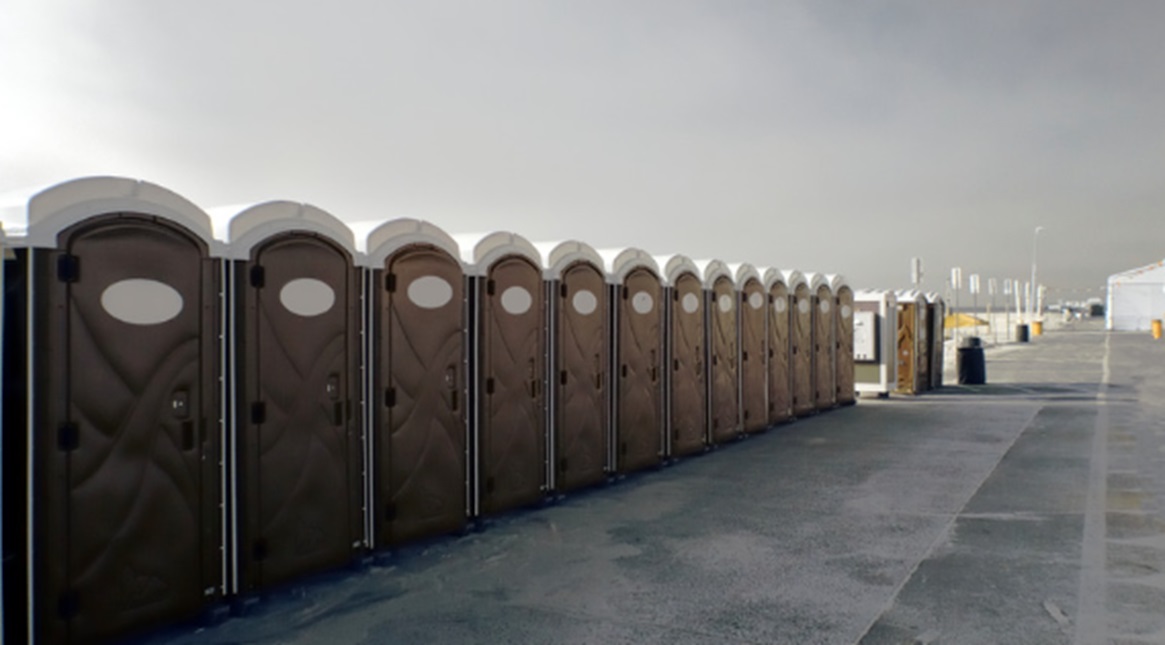The Differences Between a POS System and a Traditional Cash Register
A point-of-sale (POS) system is a key component in any modern retail setting. It allows businesses to ring up sales, track inventory, and manage customer data. A traditional cash register, on the other hand, is a much simpler device that can only process sales transactions.
As a business owner, you know that having the right tools can make all the difference in your bottom line. You might wonder whether you should stick with a traditional cash register or upgrade to a Point of sales system.
To help you decide, here’s a look at the key differences between these two types of systems:
Upfront Cost
A traditional cash register is typically less expensive than a POS system. However, keep in mind that a POS system can save you money in the long run by helping you track inventory and customers, and streamlining your checkout process.
Pricing Structure
One of the biggest differences between a traditional cash register and a POS system is the pricing structure. A traditional cash register is a one-time purchase. You pay for the register itself and may also need to buy additional accessories, such as paper rolls and ink cartridges.
A Point of sales system, on the other hand, is a subscription-based service. You’ll pay a monthly or annual fee for access to the software. There may also be additional fees for things like credit card processing and customer support.
Hardware Requirements
Another key difference is the hardware requirements. A traditional cash register is a standalone machine. All you need is the register itself and a power source.
A POS system, on the other hand, requires additional hardware, such as a computer, tablet, or smartphone. You’ll also need a printer, barcode scanner, and other accessories. The POS system itself is software that runs on this hardware.
Ease of Use
Another key difference is ease of use. A traditional cash register is relatively simple to use. Even someone with no experience can learn how to operate one.
A POS system is more complex. It requires initial setup and configuration. You’ll also need to train your employees on how to use it. That said, once you’re familiar with a POS system, it’s typically quicker and easier to use than a traditional cash register.
Functionality
When it comes to functionality, a POS system offers more features and options than a traditional cash register. A POS system can track inventory, customers, sales, and much more. It can also accept credit cards and process transactions.
A traditional cash register is more limited in its functionality. It’s primarily designed for accepting payments and keeping track of sales. Some newer models may offer some additional features, such as the ability to scan barcodes and track inventory. But, in general, a traditional cash register can’t match the capabilities of a POS system.
Flexibility
Another key difference is flexibility. A traditional cash register is a fixed machine. It’s designed for use in one location.
A POS system is much more flexible. It can be used in a brick-and-mortar store, but it can also be used at trade shows, pop-up shops, and other temporary locations.
Additionally, a POS system can be used online. So, if you have an eCommerce store, you can use the same POS system to manage both your online and offline sales.
Scalability
Scalability is another key difference. A traditional cash register is limited to the number of transactions it can process. Thus, if you have a busy store, you may need to purchase multiple registers.
A POS system is much more scalable. It can easily handle a large number of transactions. And, if you need to process even more transactions, you can simply add more hardware, such as additional terminals or printers.
Security
Finally, security is a key difference. A traditional cash register is relatively insecure. If someone steals the register, they have access to all of your sales data. Additionally, if someone breaks into your store, they can easily access the register and take whatever money is inside.
A POS system is more secure. The software is password-protected, so only authorised users can access it. And, if you use a cloud-based POS system, your data is stored off-site, so it’s less vulnerable to theft.
Choosing the Right System for Your Business
Now that you know the key differences between a POS system and a traditional cash register, you can decide which type of system is right for your business.
If you have a small business with simple needs, a traditional cash register may be all you need. But, if you have a larger business or you need more features and functionality, a POS system is the better option.




